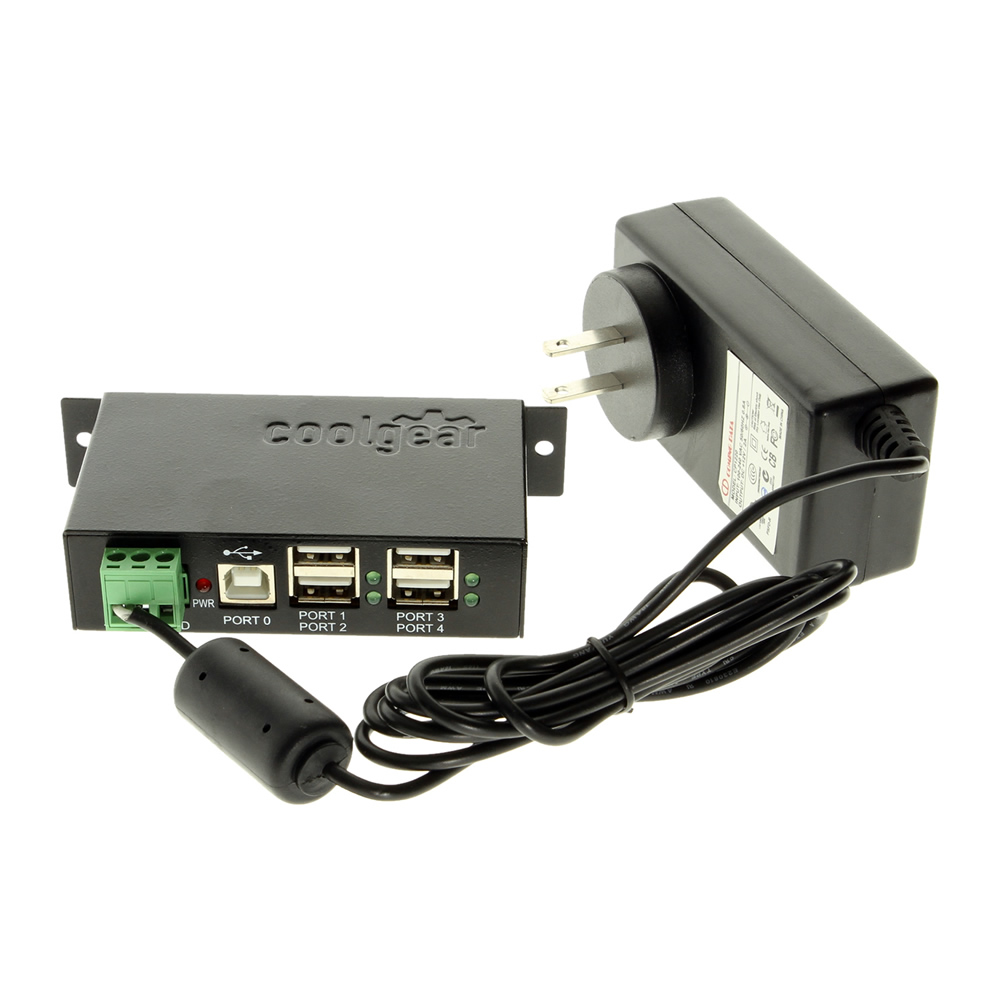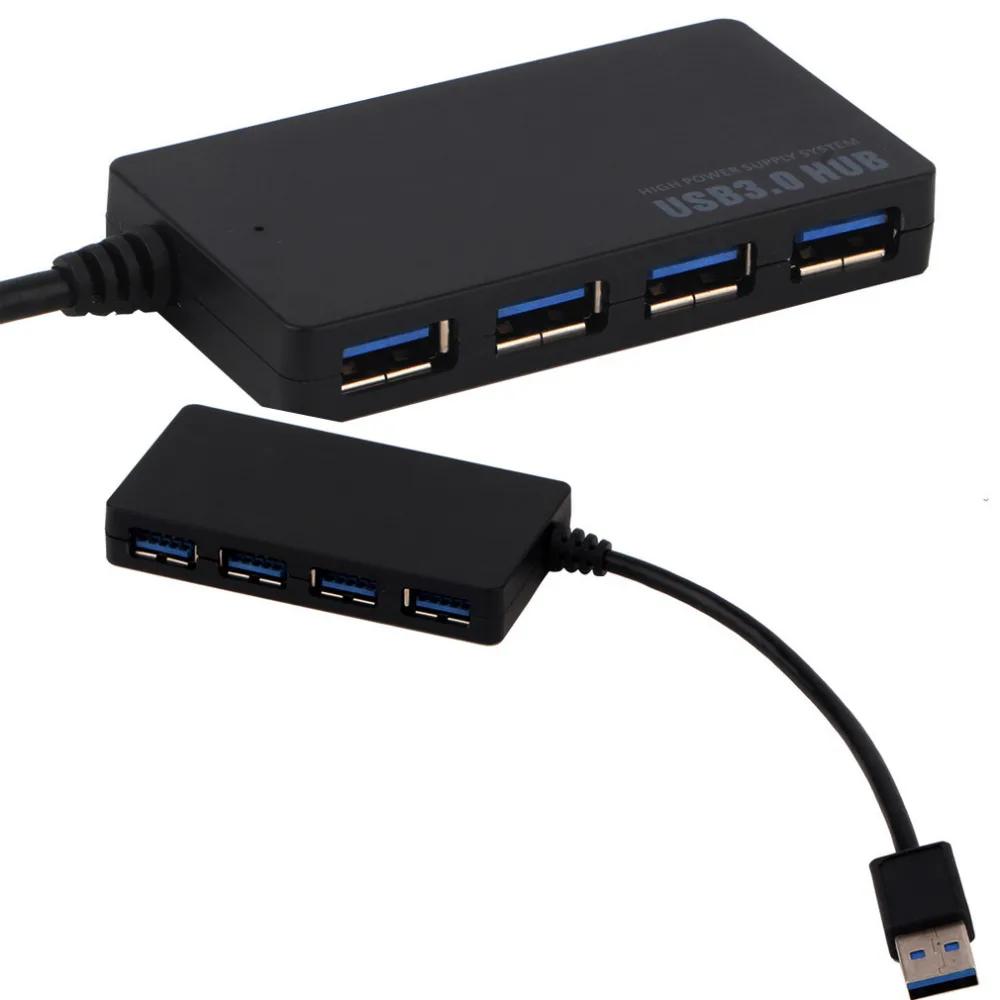- Take a look at the TOTU 9-In-1 Type C Hub if you’ve a MacBook Pro or MacBook Air 2019 or later. This versatile USB-C hub boasts a whopping nine-port option that includes an Ethernet port with.
- A powered USB hub has its own power source cord, which can be connected to an electrical outlet. An unpowered one derives its power from the power source of the computer, in order to juice up the devices that are attached to it.
Expand your PC or Mac connectivity with this Insignia™ NS-PCH6430 USB hub, which interfaces with a single USB 3.0 port to enable connection of up to 4 USB devices. A 5V, 500 mAh/port output delivers a rapid charge to compatible devices. See all USB Hubs. Aug 15, 2018 The Dacrown USB C Hub is an attractive USB 3.0 and Ethernet dongle: The compact aluminum body, with a space gray finish that nicely complements the MacBook Pro, measures only 0.6 by 2.5 by 1.8.
Symptoms
Symptoms such as these could mean that a device connected to the USB-A , USB-C , or Thunderbolt 3 (USB-C) port on your Mac isn't getting enough power:
- A message says that the device needs more power, the operation can't be completed, or USB devices are disabled until you unplug the device using too much power.
- An operation that requires more power doesn't work. For example, writing to disk requires more power than reading from it.
- The device doesn't turn on or isn't recognized by your Mac.
Solutions
- Use your device as a self-powered device or connect it to a powered USB or Thunderbolt 3 (USB-C) hub if possible.
Self-powered devices get power from an electrical outlet or their own battery. Bus-powered devices get power from the device they're plugged into, such as your Mac. - Reduce the total amount of power needed from your Mac by reducing the number of bus-powered devices connected to your Mac, or using more of them as self-powered devices.
- If your device is plugged into another device (such as a display or multiport adapter) as part of a chain of devices, the other device might not be providing enough power or passing through enough power from your Mac. Plug your device directly into your Mac instead.
- Make sure that the port on your Mac and the cable you're using to connect it to your device both support the same or later USB specification as your device. For example, a device designed to support the USB 3 specification might not get enough power when plugged into a USB 2 port or cable.
- Try a different cable, in case the cable that you're using is damaged or defective. If you're using an adapter with your cable, the adapter could also be damaged or defective.
- If your Mac has multiple Thunderbolt 3 ports, connect your device to a Thunderbolt 3 port farthest away from the current port. For example, if your device is connected to the ports on the left side of MacBook Pro, connect to the Thunderbolt 3 ports on the right side.
- If your device has software (such as drivers or firmware) that can be updated, make sure that it's using the latest software from the manufacturer. To get firmware updates for Apple accessories, update your Apple software.
- Make sure that your Mac is awake and started up from the Mac operating system. Some Apple devices can request extra power only when your Mac is awake or started up from macOS.
Powered Usb Hub For Macbook Pro
Learn more about USB power on your Mac
System Information provides additional detail about USB power on your Mac. Connect the USB device directly to your Mac, then select USB from the sidebar in System Information. For each USB device, System Information shows:
- Current Available: The default power provided by the port to which your device is connected.
- Current Required: The power needed by your device.
- Extra Operating Current: Mac computers and Apple displays introduced after 2006, when directly connected to certain Apple devices such as iPhone or iPad, can provide extra power over one or more ports. The Mac or display must be powered on and awake to provide this extra power. A Mac started from the Windows operating system doesn't provide extra power.
Learn more about the power available under each USB specification, such as USB 2 and USB 3.

Symptoms
Symptoms such as these could mean that a device connected to the USB-A , USB-C or Thunderbolt (USB-C) port on your Mac isn't getting enough power:
Powered Usb Hub For Macbook Using Logitech Webcam
- A message says that the device needs more power, the operation can't be completed or USB devices are disabled until you unplug the device using too much power.
- An operation that requires more power doesn't work. For example, writing to disk requires more power than reading from it.
- The device doesn't turn on or isn't recognised by your Mac.
Solutions
- Use your device as a self-powered device or connect it to a powered USB or Thunderbolt 3 (USB-C) hub if possible.
Self-powered devices get power from an electrical outlet or their own battery. Bus-powered devices get power from the device they're plugged into, such as your Mac. - Reduce the total amount of power needed from your Mac by reducing the number of bus-powered devices connected to your Mac, or using more of them as self-powered devices.
- If your device is plugged into another device (such as a display or multiport adapter) as part of a chain of devices, the other device might not be providing enough power or passing through enough power from your Mac. Plug your device directly into your Mac instead.
- Make sure the port on your Mac and the cable you're using to connect it to your device both support the same or later USB specification as your device. For example, a device designed to support the USB 3 specification might not get enough power when plugged into a USB 2 port or cable.
- Try a different cable, in case the cable you're using is damaged or defective. If you're using an adapter with your cable, the adapter could also be damaged or defective.
- If your Mac has multiple Thunderbolt 3 ports, connect your device to the Thunderbolt 3 port furthest away from the current port. For example, if your device is connected to the ports on the left-hand side of MacBook Pro, connect to the Thunderbolt 3 ports on the right-hand side.
- If your device has software (such as drivers or firmware) that can be updated, make sure it's using the latest software from the manufacturer. To get firmware updates for Apple accessories, update your Apple software.
- Make sure your Mac is awake and started up from the Mac operating system. Some Apple devices can only request extra power when your Mac is awake or started up from macOS.
Apple Usb Hub For Imac
Learn more about USB power on your Mac
System Information provides additional detail about USB power on your Mac. Connect the USB device directly to your Mac, then select USB from the sidebar in System Information. For each USB device, System Information shows:
- Current Available: The default power provided by the port to which your device is connected.
- Current Required: The power needed by your device.
- Extra Operating Current: Mac computers and Apple displays introduced after 2006, when directly connected to certain Apple devices such as iPhone or iPad, can provide extra power over one or more ports. The Mac or display must be powered on and awake to provide this extra power. A Mac started from the Windows operating system doesn't provide extra power.
Powered Usb 3.0 Hub For Macbook Pro
Learn more about the power available under each USB specification, such as USB 2 and USB 3.

